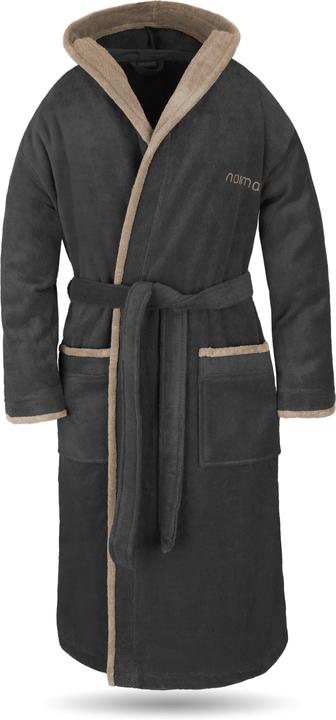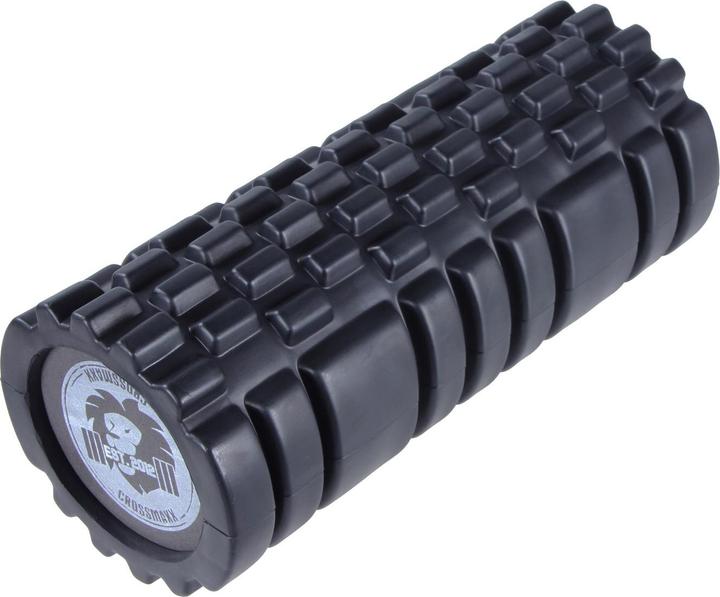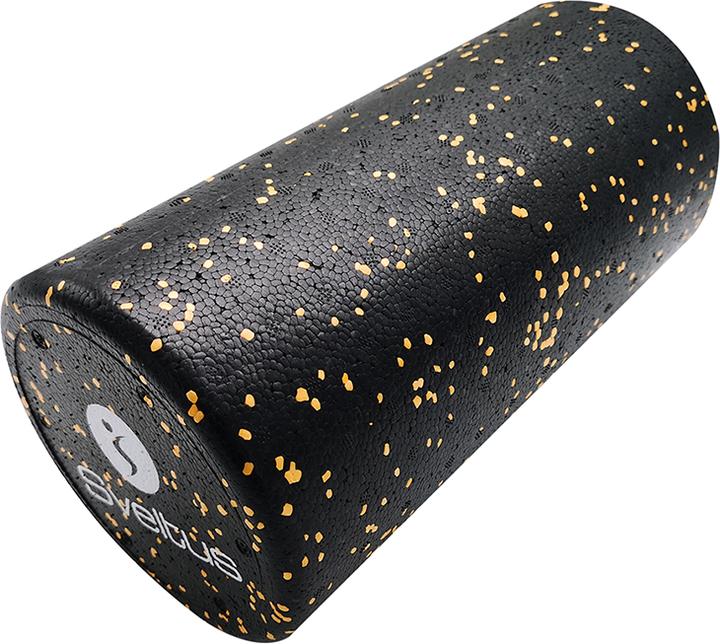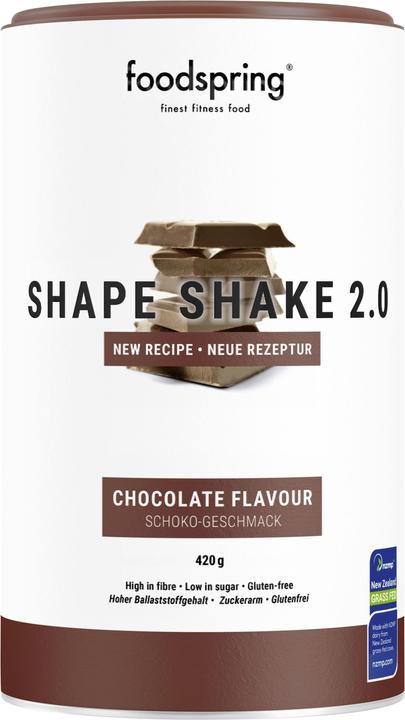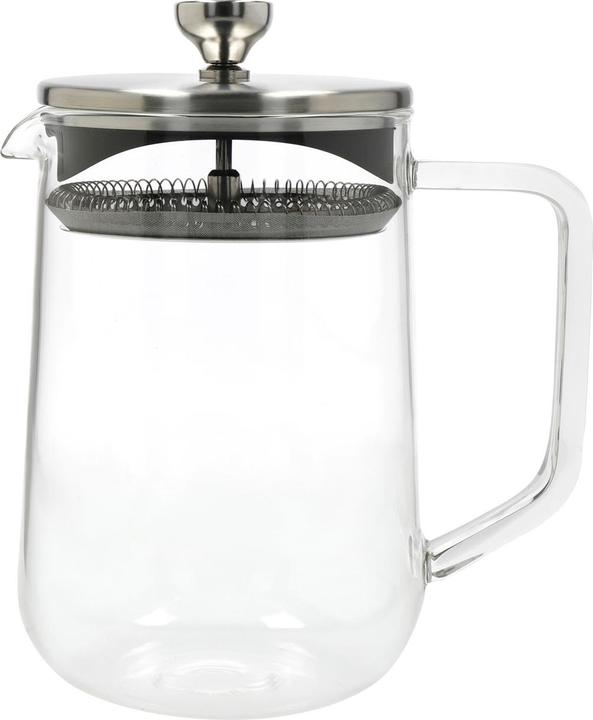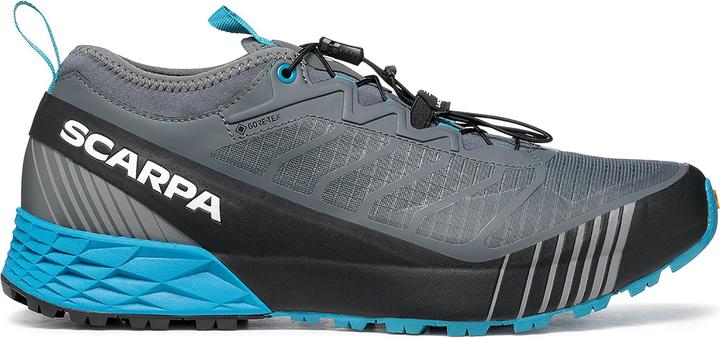

7 tips against sore muscles

Sport and sore muscles often go hand in hand - especially after a long break from exercise. Find out here what you can do (and buy) to reduce the stinging and pulling.
Spring is on its way. And with it, the sun beckons out of the house. But instead of taking it easy after the winter break, I slip into my running shoes with over-motivation, do an extra lap because it's so nice outside - and then my muscles are sore. Have you experienced this too? Then the following tips and products can help you
1. finish with a cool-down
The first thing you should do immediately after your sports session is to cool down. It ensures that the rebuilding of your muscles is promoted. After all, you strain them during sport, which is why the typical micro-injuries in the muscle fibres occur in the first place. Stretching and a relaxed run-out should therefore round off your training session. You might find the right shoe for your workout and cool-down among our new products:
2. take a cold bath or alternate showers
Our muscles love heat. But immediately after training, heat and increased blood flow can increase pain. That's why a cold bath helps. A water temperature of 11 to 15 degrees is recommended, which you should maintain for ten to 15 minutes. It's worth using a neck pillow to make yourself as comfortable as possible. It's good that our editor Martin Rupf has tested various ones for you. Maybe you'll find the right one for you too.
If you don't have a bath or can't stand it in the cold for that long, you can also use contrast showers. There are many athletes who swear by the cold-warm-water routine. This involves switching between temperatures every half a minute or so.
If you are concerned about your energy costs and want to monitor exactly how much is being used in your bathroom, you might be interested in the Amphiro hand shower with display and associated app. It's been in the shop a little longer, but my boss Martin Jungfer has tested it extensively:
3. going to the sauna
In contrast to immediately after training, 24 to 48 hours later soothing warmth can ensure faster regeneration. So treat yourself to a little wellness. A visit to the sauna will do your battered body some good. And with a bit of fluff in the form of new towels and bathrobes, it's even more fun.
4. Reach for the arnica ointment
One or two sports ointments will also give you a cosy feeling. Not quite as new in the range, but a classic: the medicinal plant arnica is popular for its pain-relieving effect.
Editor Anna Sandner tells you what else this miracle herb can do
5. Unroll the pain
There is more power in the small rollers and balls than you might initially realise: By moving over them with individual parts of your body, you knead tension and loosen tight fascia. This gives your muscles a massage using your own body weight.
What these cork or foam rollers do to your body and when you shouldn't use them, Michael Restin found out in an interview with a physiotherapist:
6. Ensure sufficient protein and water
A good supply of nutrients is important because it gives your body the opportunity to repair the damaged muscle fibres. In addition to carbohydrates and minerals, proteins are particularly important so that it can tackle the damaged cells particularly well. A sufficient intake of fluids is just as essential. If you want to combine the two, you will be delighted with our protein shakes in the shop. Clear water and tea fans will also find what they are looking for:
Why drinking is not only important for sore muscles, but should be a topic throughout your life, you can read here:
7. get enough sleep
Of course, getting enough rest is also important for your regeneration. This is because the body releases hormones during sleep that support cell renewal. A good deep sleep phase is particularly important for the nightly rebuilding and repair work. The "Genius Eazzzy Classic" topper, for example, promises you restful nights:
Not only is it temperature-regulating and suitable for allergy sufferers, but with an overall size of 180 x 200 centimetres, it also makes the uncomfortable gap between two individual mattresses disappear. Thanks to the relieving support function, your spine (and the rest of your body around it) is provided with a healthy bed.
By the way
Not a tip, but a myth: simply training away sore muscles. This is a bad idea, as renewed strain slows down the regeneration process instead of speeding it up. If you feel a burning and pulling sensation, you should give your body a break so that it can recover.
Cover image: Bruno Nascimento/Unsplash

Cat lady and coffee lover from up north. Always on the lookout for «News and Trends».
From the latest iPhone to the return of 80s fashion. The editorial team will help you make sense of it all.
Show all





